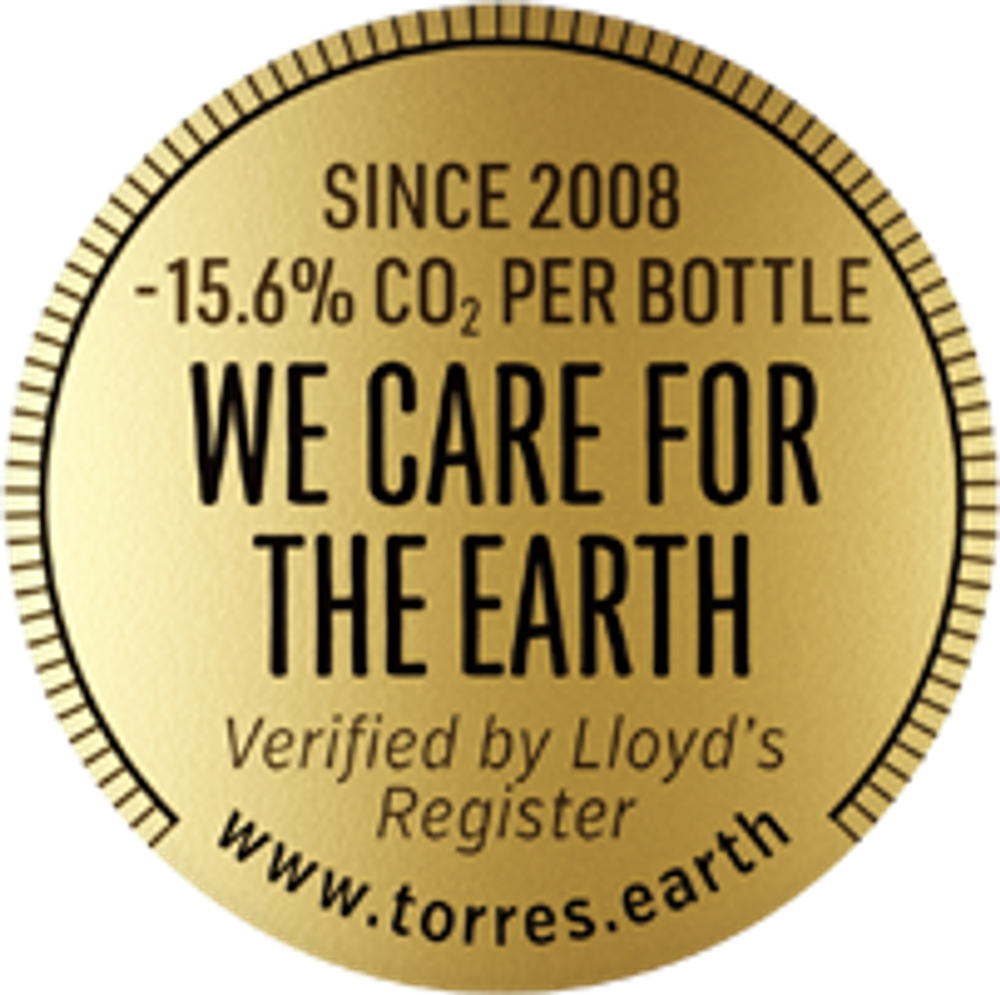Familia Torres’s decision to plant trees across a 5,000 hectare estate, in the province of Aysén, Patagonia, is part of its wider efforts to look at various ways that a wine business can address its role when making wine and what steps it can take to address its carbon footprint as well restore the local landscape to its more natural state.
Why did you decide on this particular area of land over other areas?
In 2016 we bought 740-hectare in the same area of Chilean Patagonia (in this case in the province of Coyhaique). Both areas give us the possibility to reforest the land with trees – preserving the local flora and fauna – that historically characterised this area.
What does the project actually involve?
The project basically involves planting forests, with a double objective: to compensate our winery’s carbon footprint by means of our own efforts and to recover the forest landscape that was typical for this area, before settlers arriving there, in the late 19th century, replaced these native forests with plantations. We are still studying what to plant, also the density, but pine tree such as Ponderosa are possible the best option for the extreme conditions in this region. A local specialised company is helping us with this.

The land where the Torres family will be planting indigenous Chilean trees
This is the second time you have done this in Patagonia. What impact has the first investment in land achieved and what lessons have you learnt?
Everything that has to do with nature – be it growing trees or vines – doesn’t go fast. So we are still in the learning process.
Explain why forest stewardship and this approach to climate change is so important to Familia Torres?
Forest stewardship and the reforestation of natural spaces was always part of our commitment to conserve the environment. It’s reflected in our Torres & Earth programme, which includes renewable energies, eco-efficiency in transport, adaption measures in the vineyards, optimisation of water use, a CO2 reduction program and of course forest stewardship and reforestation.

Climate change is a very serious worldwide problem, but it will be even worse if we don’t take action. If temperatures rise 2-3 degrees celsius by 2100, as many scientists forecast, the world would be heading for big problems and changes. I think that much more action is needed on individual, company, sector and country level. Within the EU the objective for 2030 is a C02 reduction of 30%, but experts already say it should actually be more than 50%!
We are trying to contribute with our Torres & Earth program, the main aim of which is the reduction of our CO2 emissions per bottle in its full scope – from the vineyard to the final transportation – by 30% by 2020 (compared to 2008); between 2008 and 2017 we reduced our carbon emissions per bottle by 25,4%, certified by Lloyd’s.
Why do you see forest stewardship as being an effective way of mitigating the impact of winemaking?
Forests contribute to the fight against climate change thanks to their ability to capture CO2 from the atmosphere and store the carbon in the form of biomass (trunk, branches, bark, and roots). Around half of the plant’s dry matter is carbon. Trees capture more CO2 during their growth stage, until reaching full maturity. Sustainable forest management ensures the permanence, improvement, growth, and renewal of the forest mass, enabling carbon to be retained permanently over time.
What other forestry schemes have you introduced around the world?
In Spain we have actually our largest forest area with more than 1,500 hectares, which are close to our vineyards. A part from that we also did a replantation project on the Canary Islands, where we replanted an area with the native Laurisilva.

The Torres family winemaking operations across the world
What else are you planning in the near future?
We are working hard to reach our goal of 30% reduction of our CO2 emissions per bottle in its full scope by 30% by 2020 (compared to 2008). As mentioned before we are now at a certified 25,4%, but there is still a lot to be done. We therefore started several experiments last year with CCR (Carbon Capture and Reuse) technologies, in cooperation with universities and technology companies, to seek ways of making use of the CO2 produced from fermentation. For example, tests have been carried out with power-to-gas (obtaining hydrogen from electrolysis of water with electricity from renewable energies), which is then used in methanation (transformation of CO2 and hydrogen into methane using methane-producing microorganisms). Our goal is that CCR technologies capture 5-10% of our C02 emissions.
What initial steps would you encourage other wineries and producers to take?
The are many initiatives that wineries can take, starting from the more “simple” ones like changing to electric cars, reducing the weight of wine bottles, biomass boilers or the installation of solar panels to more complex projects like the above mentioned CCR technologies. But in any case what is important is to make a plan and to audit all projects so that the progress can be measured.









































